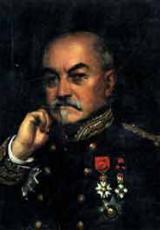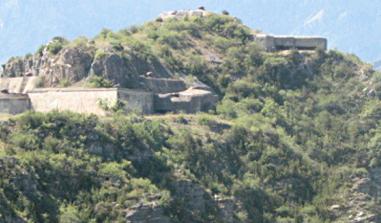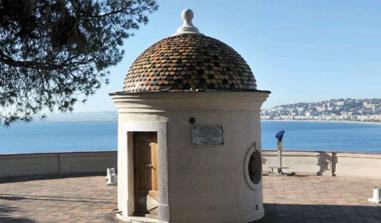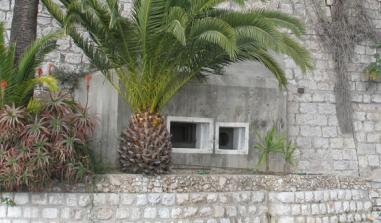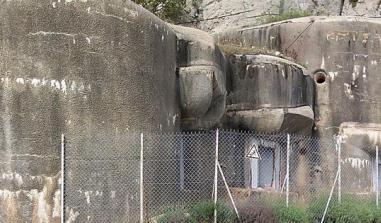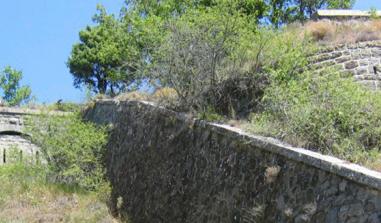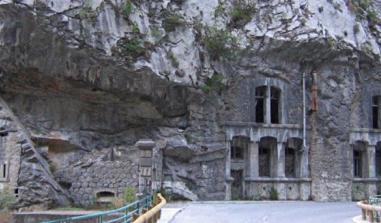Fort de la Forca
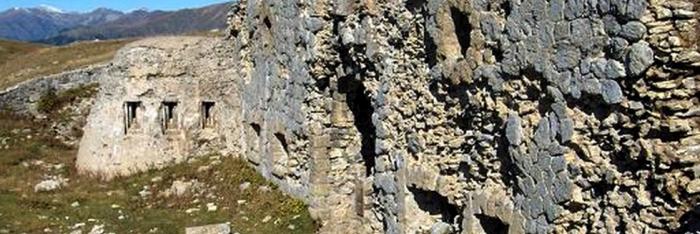
The fort de la Forca. Source : sud passion
Constructed between 1887 and 1890, it operated in conjunction with the fort des Mille Fourches, which is a copy of it. The Redoubt of les Trois Communes, built later, protects them both.
Constructed between 1887 and 1890, it operated in conjunction with the fort des Mille Fourches, which is a copy of it. The Redoubt of les Trois Communes, built later, protects them both. Its construction was brought about as a result of the Treaty of Turin of 1860. The Savoie and Nice had become part of France once more. The Valley of the Roya, a communications route running north to south in the heart of the Alpine mountain range, was shared between France and Italy. Sealing off the new border had thus become a strategic matter of utmost importance. This small fort was in response to the increase in power of the house of Piedmont, which was gradually uniting Italy under its strict control with Italy's entry into the Triple Alliance and its policy of fortifying the Tende mountain pass.
Le fort de la Forca belongs to the first generation of the Séré de Rivières system. A belt of forts, built upon natural obstacles at a distance of a few kilometres, provided a range of artillery cover to protect a town (or central nucleus) from 6 kilometres to the rear from enemy bombardment. La Forca is a small fort with a façade with very few openings. It is surrounded by a moat and flanked by concrete caponniers. The internal courtyard was replaced by a vaulted chamber. The redoubt of les Trois Communes, built later, protected them. It reflected the rise in tensions between France and Italy and technological developments in particular, such as the "torpedo shell crisis", which rendered some of the Séré de Rivières system obsolete. New projectiles came in the form of cylindrical warheads, which exploded in the open air, with steel replacing cast iron; the new mixes of explosives were more powerful and no longer created smoke; canons (Bange 155 mm and 220 mm) could fire further. Armour plating and surface stonework could therefore be pierced and obstacles on the ground (moats and parapets, caponniers etc.) shattered.
Belvédère Tourist Information office: + 33 (0) 4 93 03 41 23 Saint-Martin de la Vésubie Tourist centre: + 33 (0) 4 93 03 21 28 Access The D 2566 via the Turini pass, towards the resort of Camp d'argent and then Authion. Car park in les Trois Communes On foot from les Trois Communes car park
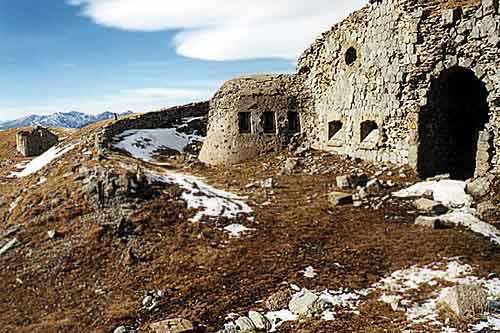
The fort de la Forca. Source: DR
Practical information
6540
Saorge
04 93 03 21 28


